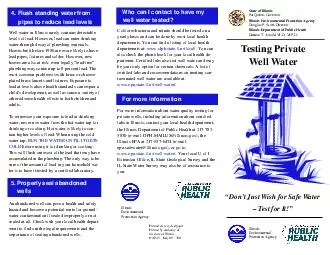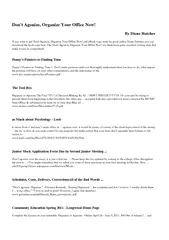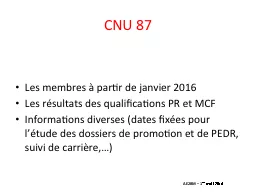PDF-Dont Just Wish for Safe Water Test for It For more information Who can I contact to have
Author : kittie-lecroy | Published Date : 2015-01-22
Flush standing water from pipes to reduce lead levels State of Illinois Pat Quinn Governor Illinois Environmental Protection Agency Douglas P Scott Director Illinois
Presentation Embed Code
Download Presentation
Download Presentation The PPT/PDF document "Dont Just Wish for Safe Water Test for ..." is the property of its rightful owner. Permission is granted to download and print the materials on this website for personal, non-commercial use only, and to display it on your personal computer provided you do not modify the materials and that you retain all copyright notices contained in the materials. By downloading content from our website, you accept the terms of this agreement.
Dont Just Wish for Safe Water Test for It For more information Who can I contact to have: Transcript
Download Rules Of Document
"Dont Just Wish for Safe Water Test for It For more information Who can I contact to have"The content belongs to its owner. You may download and print it for personal use, without modification, and keep all copyright notices. By downloading, you agree to these terms.
Related Documents














